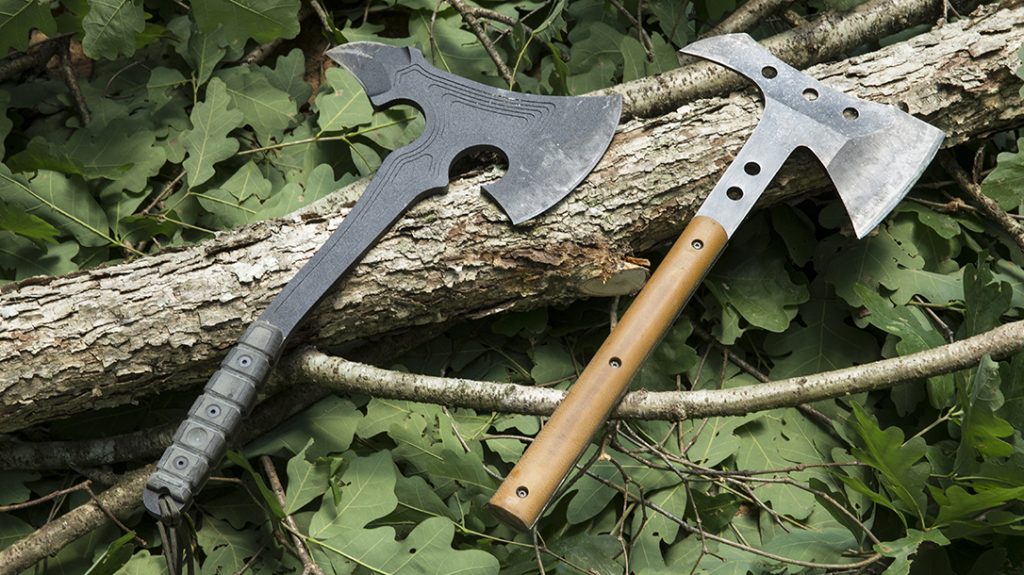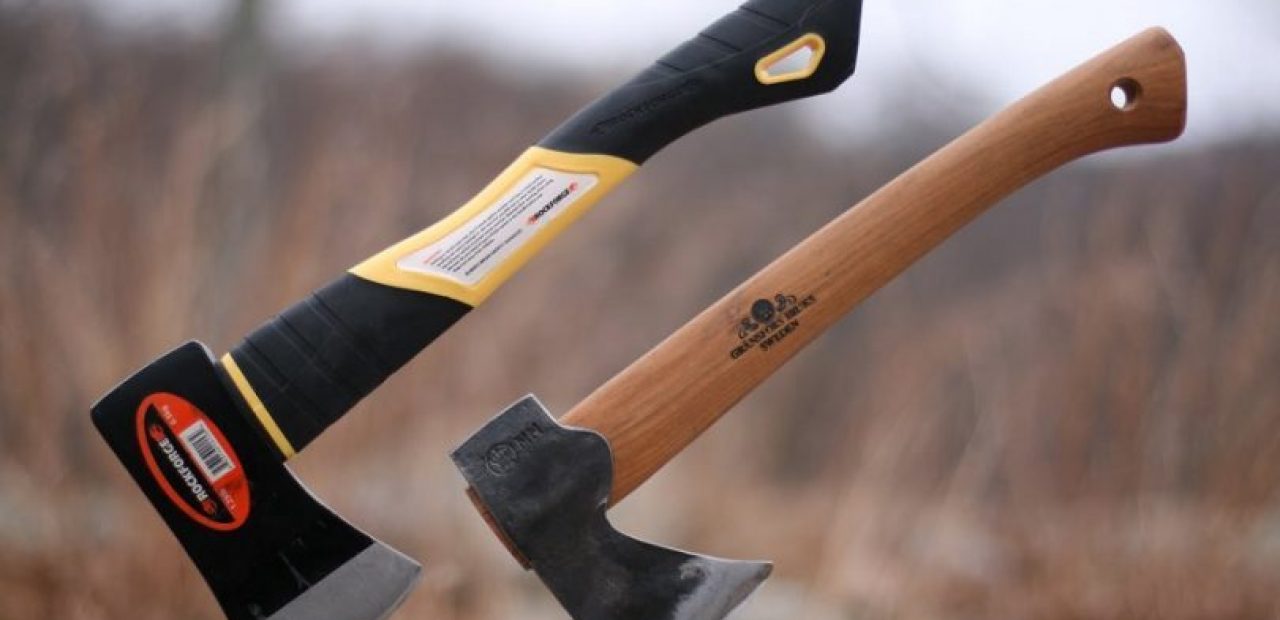Survival Hatchets: What to Look for & How They Differ From Axes
Outdoor enthusiasts are extremely picky when they pack their backpack. They understand the importance of bringing less heavy items because the more things they pack the heavier their backpack will be, and consequently – the more inconvenient (which can be a real nightmare when going on long hikes or hunting). Things like a tent, a sleeping bag, first aid kit, and a knife are essential and most people get them, but one item a lot of enthusiasts often overlook is the hatchet. Survival hatchets are one of the most versatile tools you can have on you, as they allow you to perform a wide range of tasks.
Personally, I can’t even begin to count the number of times I needed to chop timber for fire or cut some bushes to make my way to a specific location. Doing all of this with a knife is possible, but it’s also time-consuming and extremely unsafe. Survival hatchets don’t take up a lot of space, and they aren’t all that heavy. However, this varies from model to model, which brings me to my main point – not all hatchets are made the same. That being said, there are a couple of important factors to consider when shopping for one.

First and foremost, you need to make sure the hatchet is comfortable. The grip should be ergonomic so that you can continuously use the hatchet for extended time periods without experiencing discomfort because discomfort can quickly lead to injury from repetitive stress. Furthermore, both the handle and the head of the hatchet should be durable, because a broken hatchet is a useless hatchet. Next, the hatchet should be sharp. Contrary to popular belief, a sharp hatchet is a safe hatchet. This is due to the fact that you need to apply less force to chop timber or clear branches, whereas a dull hatchet will require more force, thus higher chances of an injury.
Moreover, the balance of the hatchet can play a crucial role. The balance aspect factors in how versatile the task is. For the most part, it’s up to personal preference and individual demands whether you need a hatchet or an axe. A lot of people confuse hatchets and axes and think its all the same thing, which can’t be further from the truth. Hatches are considerably smaller and are meant for “light-duty” chopping and cutting, whereas axes are much larger and are for more serious chopping. Plus, hatchets are typically used with one hand, while axes are almost exclusively handled using both hands.

















